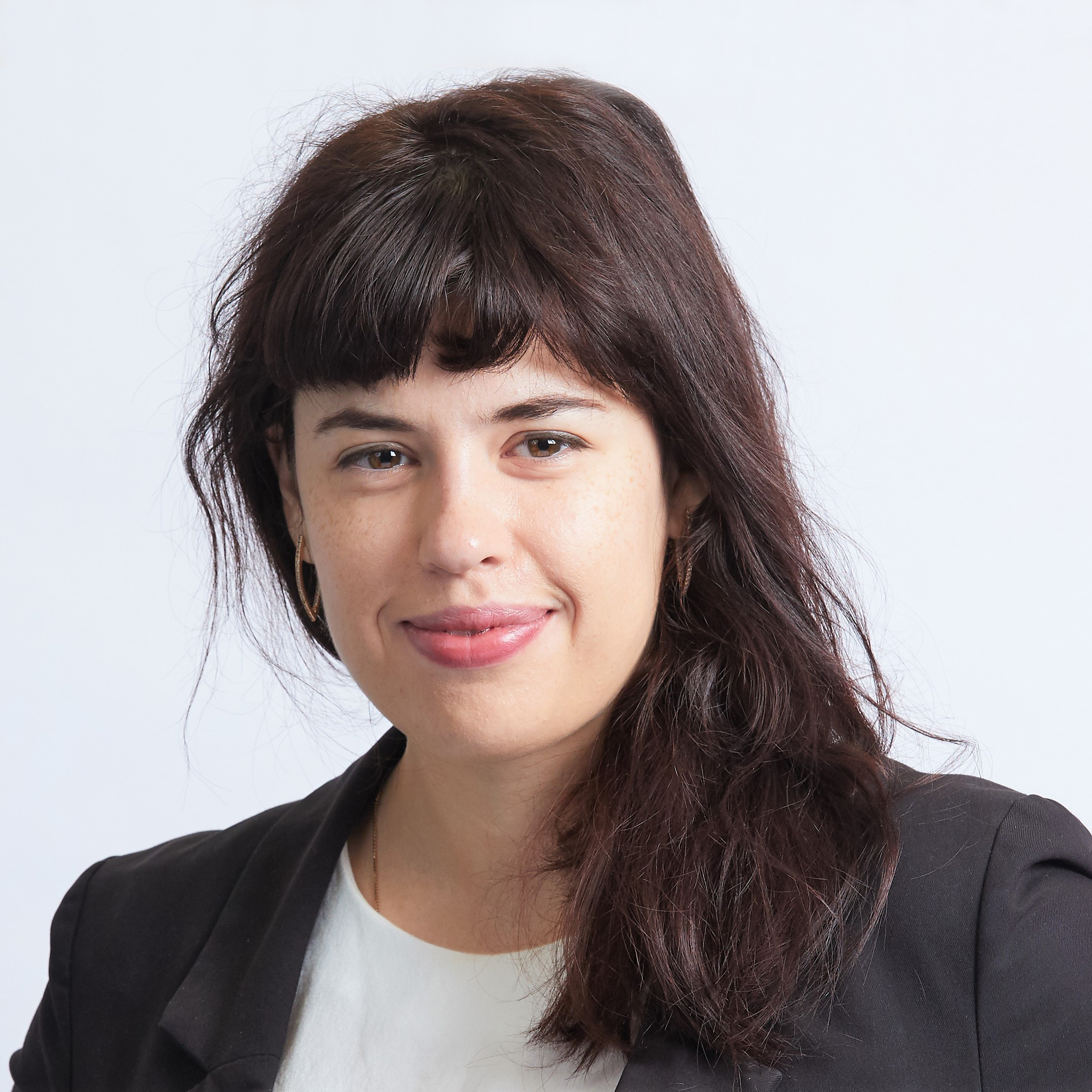
Dr Natalia Mykhaylova
Researcher
Department of Chemical Engineering & Applied Chemistry
University of Toronto
Natalia Mykhaylova has a background in engineering, chemistry and design. She is a graduate of Etobicoke School of Arts and has a BSc in Pharmaceutical Chemistry and a PhD degree in Chemical Engineering from the University of Toronto. Her PhD work involves the development of novel devices and adaptable wireless networks for air pollution monitoring and targets a major unmet need - access to a reliable, low-cost and high time resolution devices for measuring the air we breathe. She used the technology to develop and set up air quality sensor networks during Pan American games. The data generated by this technology would promote more effective evidence-based public policy interventions. Her research work has been recognised by UofT Magazine, Phys.org, Metro News, CTV News. She is Corporate Knights Top 30 Under 30 in Sustainability, a Lieutenant Governor's Visionaries Prize finalist and is a recipient of many awards (Gordon Cressy Student Leadership Award, Leaders of Tomorrow Award, Eco-Tec Founder's Fellowship Award).
Low-cost Sensor Array Devices as a Method for Reliable Assessment of Exposure to Traffic-related Air Pollution
The exposure to air pollutant mixtures is a well-known risk factor for inducing and increasing the severity of diseases. For real-time monitoring of pollutant exposure, sensor arrays are an optimum choice because of versatility and aptitude for tracking composite multi-pollutant exposure.
A thorough investigation of 30 different low-cost commercial gas and particulate matter sensors from 5 manufacturers has been conducted and 16 best-performing sensors were identified. A novel device for monitoring air quality has been developed and tested. Each device consists of an array of commercially available metal oxide semiconductor sensors for monitoring NOx and O3, CO, CO2 and optical sensors for monitoring PM2.5. Level of pollutant exposure has been characterized over 3 different campaigns between 2013 and 2016.
Analysis of a large range of gas sensors revealed several key challenges, including high intra-sensor variability, interference from temperature and nonlinearity. Air quality health index estimation from sensor readings was successfully demonstrated. Three aspects of device reproducibility were evaluated: drift over time, impact of interferences and impact of site-specific mixtures. Three categories of approaches for improving sensor accuracy and reproducibility were tested: nonlinear calibration models, variable transformations and training data selection. Model reproducibility, ability to adjust for multiple combinations of interferences and ability to resolve sites was improved when devices were calibrated at multiple sites. Analysis showed that both short-term and long-term temporal patterns could be resolved and compared at different sites. Background subtraction helped further emphasize the differences and rank sites in terms traffic-related pollution.